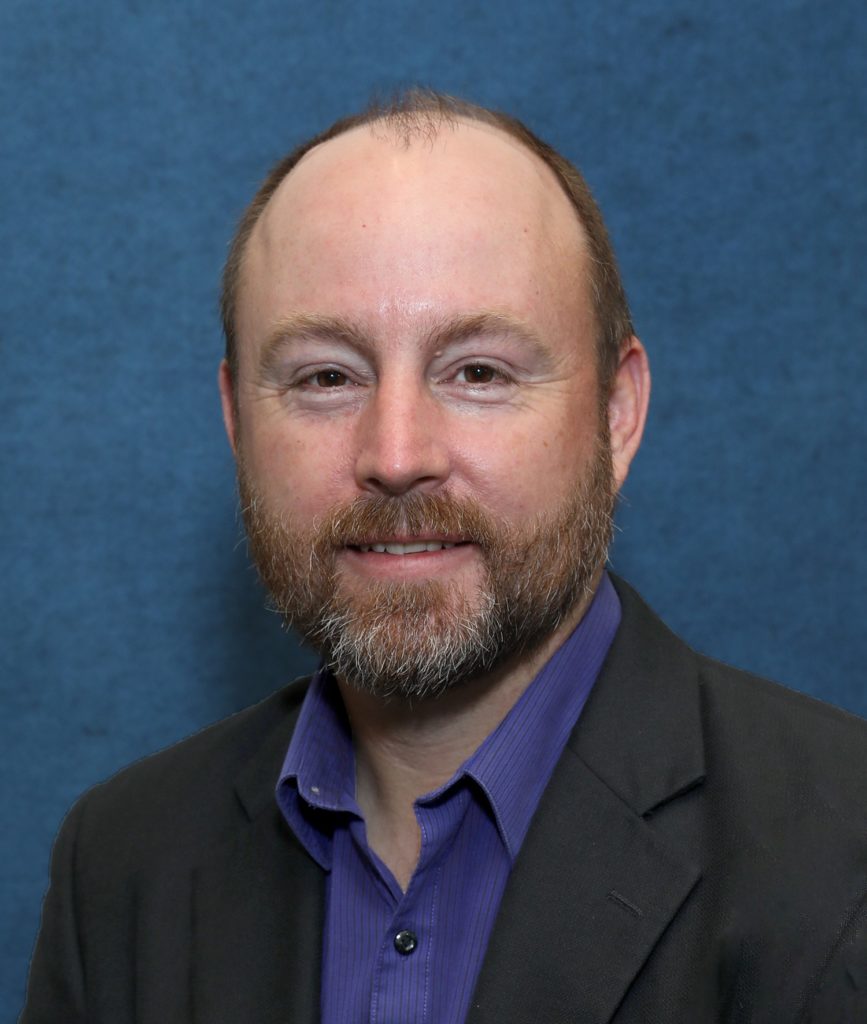Growing interest in soil microbiology sparks update in textbook
Texas A&M professors keep students updated over three editions
If the question involves soil and the environment, the person to ask is Terry Gentry, Ph.D., a Texas A&M AgriLife Research scientist and professor of soil and aquatic microbiology in the Department of Soil and Crop Sciences at Texas A&M University.

He helped write the book on it … or at least a textbook designed for undergraduate and early graduate students in soil microbiology.
Gentry recently co-authored and edited Principles and Applications of Soil Microbiology with David Zuberer, Ph.D., and Jeffry Fuhrmann, Ph.D.
Zuberer is a professor emeritus of soil microbiology who taught soil microbiology continuously for 34 years at Texas A&M and maintained an active research program in nitrogen fixation and rhizosphere microbiology. Fuhrmann is a professor of soil microbiology in the University of Delaware Department of Plant and Soil Sciences, with a joint appointment in Biological Sciences.
“I think there’s been a tremendously large and growing interest in soil science and specifically soil microbiology and soil biology over the last few years, and a lot of that falls into the soil health arena and the importance in regenerative agriculture,” Gentry said. “There’s definitely a huge interest in soil microbiology, which was one of the main reasons for writing this update.”
Catching up with discoveries, technology
This is the third edition of the textbook – the first two were written in 1998 and 2005, and both Zuberer and Fuhrmann were co-authors and editors, along with David Sylvia, Ph.D., Penn State University and University of Florida, and Peter Hartel, Ph.D., University of Georgia.
Like the two previous editions, chapters in the third edition were authored by leading researchers from institutions across the U.S., Australia and Canada. Among those were Julie Howe, Ph.D., associate professor – soil chemistry and fertility, and Peyton Smith, Ph.D., soil carbon dynamics assistant professor, both in the Department of Soil and Crop Sciences, who jointly wrote a chapter on “The Soil Habitat.”
Zuberer said their latest edition provides a comprehensive introduction to soil microbiology and captures the rapid advances in the field. These include recent discoveries regarding habitats and organisms, microbially mediated transformations and applied environmental topics.
The textbook chapters cover the fundamentals of soil environment and microbial processes, microbial groups and their interactions, and address critical nutrient cycles and important environmental and agricultural applications.
When the first edition was written, Gentry said he was working on his master’s degree. Zuberer was a big part of his getting hired at Texas A&M, he said, and was also the one who encouraged him to take the lead in producing the third edition.
“It had been several years since the second edition was published, and people were asking the previous editors if they were going to come up with an update,” Gentry said.
A lot of the material needed substantial updates, he said, especially that related to microbial ecology and the composition and diversity of soil microorganisms.
“With some of the newer molecular methods that have come on board the last few decades, there’s been some major advances in our understanding of the complexity of microorganisms within soil,” Gentry said. “Now specific chapters focus on that and how it is contributes to our understanding of many of the actual processes themselves.”
There also have been some major discoveries regarding biogeochemical processes, especially aspects of the nitrogen cycle that needed to be included. For example, anaerobic ammonia oxidation wasn’t known about that many years ago — also the role of Archaea in ammonia oxidation.
“So, there were several chapters throughout the book where we added in these new discoveries,” Gentry said.
Fuhrmann said the book isn’t for students alone. Soil scientists, environmental scientists and others, including soil health and conservation specialists, can use the new information to better understand soil microbiology, manage agricultural and environmental systems and formulate environmental policy.
Research-based information offered by Gentry
In addition to his teaching duties, Gentry has a research appointment where he studies various aspects of soil and water quality.
“This includes looking at different cropping systems and how we can use those to sustainably manage the systems and protect the resources with a focus on soil ecology and the soil microorganisms,” he said.
From a water perspective, Gentry said he monitors how various management practices impact water quality. A major priority is to look at pathogens and indicator organisms in the water.
“We also do a lot of microbial source tracking, and that would be where we have watersheds with high levels of indicator bacteria such as E. coli,” he said. “We go in and try to determine the source of the contamination.”
Gentry said he is currently using material from the new textbook in an undergraduate course he teaches in soil and water microbiology as well as his undergraduate/graduate course in environmental soil and water science.



